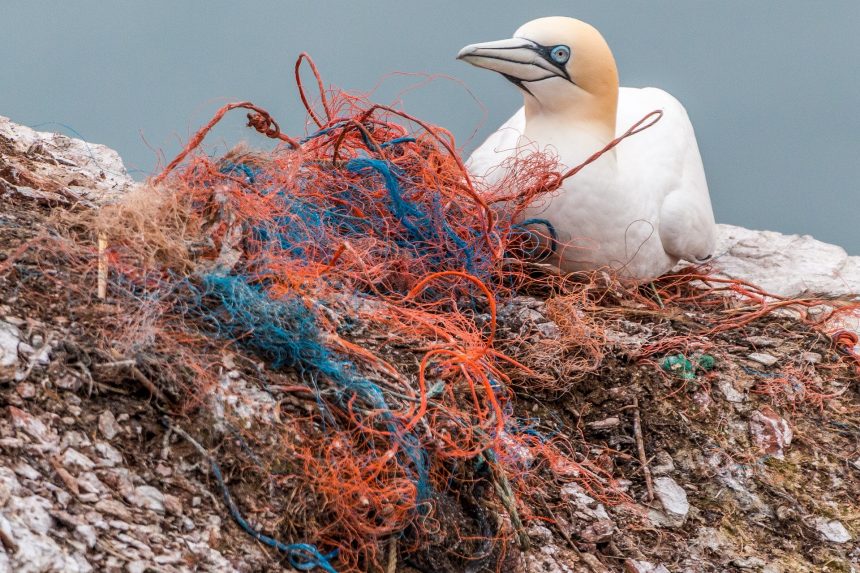Our Toxic Environment
While much attention is focused on the climate crisis, toxic substances continue to be emitted into the environment by corporations. The consequences of the climate crisis are apparent in extreme weather events, but the toxic threat is subtler. For example, the toxic derailment in East Palestine, Ohio was a clear and dramatic example of this threat. Chemicals released into the environment often end up in everyday products and accumulate in our bodies, posing a significant threat to human and planetary health. According to the U.N. Environment Program, more than 430 million tonnes of plastic are produced annually, and microplastics are becoming an increasing problem in marine life and the human food chain. These tiny plastic particles, invisible to the human eye, pose a serious threat to both humans and ecosystems.
There is a lack of funding for research into the impact of these substances, and the regulatory process remains an ongoing challenge. Regardless of the Reagan-era anti-regulation ideology, it is clear that intelligent and strategic regulation can both protect the public and promote innovation. The failure to match private sector expertise with public sector expertise leaves the public vulnerable to negative impacts. As technology advances, there is an urgent need for detailed and sound analysis of the impact of new chemicals and technologies on the living world. Government must develop the expertise needed to regulate these new technologies or find itself at the mercy of private firms solely driven by their profit motive.
Unfortunately, a year after the toxic train derailment in East Palestine, Ohio, anti-regulation ideologues are still blocking bipartisan train safety regulations. Despite over a billion dollars spent on clean-up and compensation, the town is still suffering toxic impacts, and the return to normalcy is a long way off. This hardwired idiocy in our regulatory politics makes it unlikely that we can control and reduce the negative impacts of the technology we rely on.






